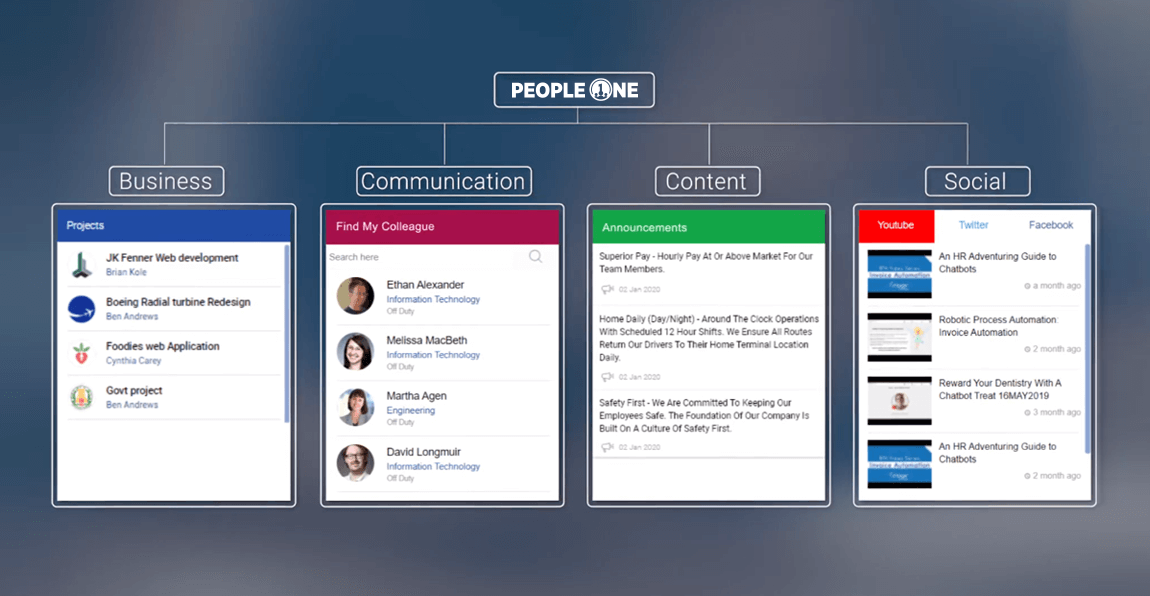Resources > Blogs
Catering to the Need-of-the-Hour – Getting Remote Workers to Embrace the Tools
February 11, 2022
Admin

Change is hard to accept, especially in workplaces where employees are used to a particular technique or tools. They are reluctant to modify, even if it makes things more efficient. When you invest in new technology to increase efficiency, that investment is wasted if employees won’t use it.
The pandemic left the workers who are now working from home, with no choice but to adopt new procedures and new technologies, and change has not been easy. Before COVID-19, Gartner polled 3,120 workers in seven countries and found that only 7 to 18 percent of companies have the technological dexterity to adapt to new working methodologies. The survey also found that the youngest and oldest workers were better able to adapt to change. When coronavirus hit, another Gartner poll showed that 91 percent of companies said they have implemented work-from-home policies, but a lack of infrastructure and a lack of comfort with the technology were proving to be the biggest obstacles.
To be successful, companies with remote workforce need to provide a digital workplace that is familiar, user-friendly, and that workers will embrace if a work-from-home strategy is going to pay off.
The Impact of Work from Home

Creating a comfortable digital workplace can have a positive effect on productivity. According to a pandemic survey by USA Today, 54 percent of workers aged 18 to 74 reported an increase in productivity from working at home. The primary reasons cited were eliminating commuting time (71 percent), fewer distractions from coworkers (61 percent), and fewer meetings (39 percent).
There still are downsides to working from home. The same survey showed that 25 percent said working from home was hurting their productivity, primarily because it takes longer to get answers from coworkers, and 43 percent said they were communicating less with coworkers. At the same time, 31 percent of workers reported having less work to do, 43 percent said their workload was unchanged, while 26 percent reported their workload had increased with 31 percent of that group pointing to a lack of separation between work and home as the cause.
Many of these productivity issues can be addressed with the right type of technology. A digital workplace that promotes communications and collaboration can help eliminate worker isolation and promote teamwork. Technology also makes it easier to organize and prioritize tasks,
Mastering the Tools to Deliver Results

A digital workplace enables new freedoms and more creativity for work-at-home employees. However, to be successful, a work-at-home platform has to support communication, collaboration, and connection. It can’t replace the experience of working in the office, but it should make it easy to do your job and promote transparency and accountability.
The best way to encourage adoption is by harnessing the tools employees already use. Remote workers need to feel as comfortable with their work environment as they do at home using text, Facebook, Instagram, and other personal communications tools. They also should be able to use the hardware they feel most comfortable with, such as smartphones and tablets.
The digital workplace also needs to encourage creativity and employee engagement. Employees need to have enough flexibility to do their work in their own way. Establishing business processes and workflows is important, but workers need to have the freedom to use the technology as they choose without feeling micromanaged.
When deploying a digital workplace, success requires providing workers with training and showing them how to use the tools. However, focusing on the deliverables rather than the process empowers employees to use the tools on their own to achieve the desired results. Technology is always a means to an end and not an end in itself.
There are strategies you can apply to help remote workers embrace their digital workplace and improve productivity:
- Point to early adopters. Hold up workers who have mastered tools and techniques as examples to the rest of the team.
- Encourage innovation. Consider suggestions to improve processes and make better use of the technology. Promoting innovation is one way to get users to embrace technology tools.
- Share success stories. Demonstrate how coworkers have been able to use the tools to get the job done.
- Perform frequent check-ins. Work with employees and offer training sessions to make sure everyone is performing as required. The goal is to encourage accountability without micromanaging.
- Promote employee engagement. Schedule regular meetings. Set up wikis and virtual water coolers to promote connection. Find ways to encourage employees to communicate and collaborate.
- Try gamification. Create a sense of virtual collaboration and teamwork using gamification and interesting ways to engage. For example, one Silicon Valley CEO shows up in a different costume for each Zoom meeting, which makes employees look forward to meetings and gives them something to talk about amongst themselves.
- Managers also should lead by example. Managers need to make a point of using digital collaboration tools such as virtual meetings, calendaring tools, file sharing, chat, and digital bulletin boards. They should be innovators and encourage new ways to use collaboration tools.
As we move past the current pandemic, work from home promises to be the new normal. Many of the technology giants such as Google, Twitter, Facebook, and Microsoft have already announced plans to extend work-from-home policies into next year. But you don’t have to be a technology company to get real value from a digital workplace. Any organization can make their employees more productive when working remotely by providing a common virtual office space like PeopleONE where they can feel comfortable communicating, collaborating, and connecting.
Discover how PeopleOne can transform your organization
Request a DemoHR and Comms Guide: How to Turn Your Intranet into a Highly Engaged and Productive Platform
Download Ebook





